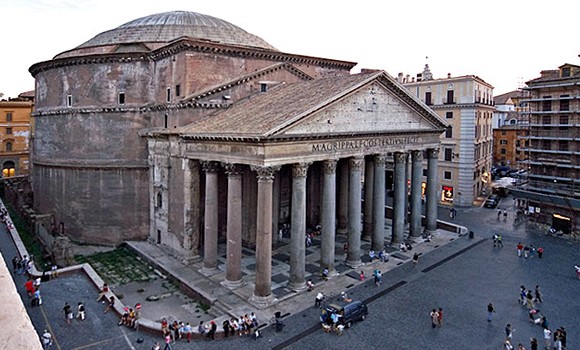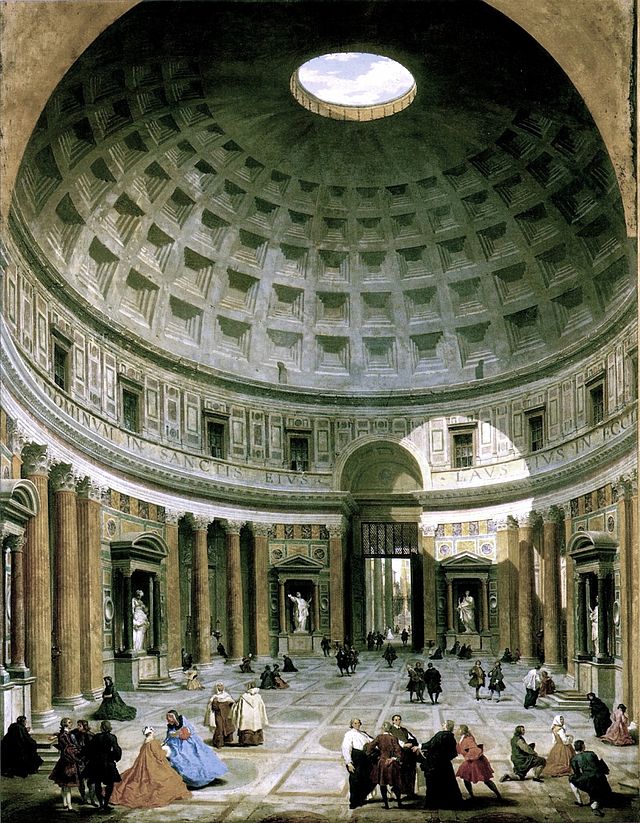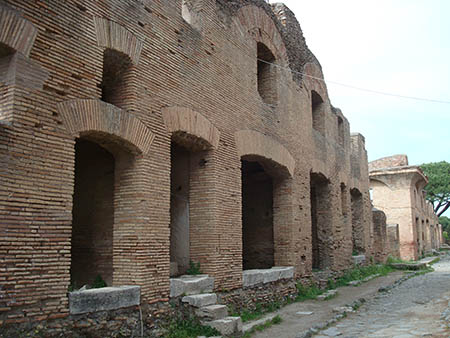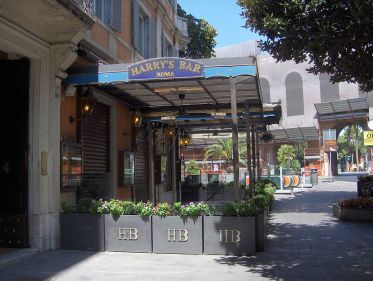Roma

I am not exactly between worlds this morning. I know exactly where I am, though I wish I were elsewhere. It was unseasonably cold last week in Washington- January cold- then unseasonably warm, and the radio is babbling that there is snow coming for Thanksgiving. I am pretty sure that the Keys or the Gulf Coast are calling out.
The Polar Vortex or the Saskatchewan Express or whatever it is they are calling it this time around is bringing the white stuff in this direction.
I got up around three, and would have turned over and tried to get back to sleep but it occurred to me that they had announced the findings of the Grand Jury in Ferguson. I got up and turned on the television and poured a drink, both somewhat unusual at that hour, but somehow it seemed appropriate.
I watched with amazement at the streaming video of trouble in the darkness- fires and police cars, people in the streets. Reports of gunfire. I was split between the color images of a dark night and the memory of black and white pictures on an analogue television of a black and white issue in 1967. The place was Detroit.
Are we there again?
I am a man of low, if practical, standards. I decided to take a mental vacation and return to Europe, where life seemed to have a steadier and more sedate pace, and not a looted strip mall to be seen.
I have arrived in Rome by air and train. The ride in from Leonardo da Vinci International passes the classic fascist architecture of the Esposizione Universale Roma district. Say what you like about the Italian fascists, they had a flair for style, and the buildings are still distinctive.
I like arriving by train, from the south or northwest as the ruins of the aqueducts that served the capital of World Empire with fresh water all converging on the Eternal City.
I was sitting on the plaza in front of my favorite building in the world, Rome’s magnificent Pantheon. Largest free-standing dome in the world when constructed, and it still might be, for all I know.
In the days of the late unpleasantness in the Balkans, and in the days before that when I was briefly a Med sailor, I had several opportunities to pass through the City.
Of all the vistas I found on my strolls across the old and new landscape, Pantheon was the one I liked best. There was nothing better than a cold beer after a long trek and an overload of culture. White tablecloth, a brussietta, perhaps, at a table in the Piazza della Rotunda. An obelisk that once belonged to Great Ramses of Egypt framed the view, with the columns of the Pantheon wrapped around by the hill of rubble that was the old city.

(The interior of the Pantheon in the 18th century, painted by Giovanni Paolo Panini).
The facade of the home of all the gods was perfectly intact long past the time of the Caesars and the Visigoths and the rest of the historic parade of pygmies who claimed the dusty mantle of the giants who transformed the Eternal City from wood to marble.
I cracked the tattered guidebook that I carried in the back pocket of my jeans and leaf through it as the muscles of my legs un-knotted.
“Commissioned by Marcus Agrippa, restored by Domitian, and subsequently rebuilt by Hadrian (who added the dome) before being turned into a church in the early 7th century by Pope Boniface IV. The building’s sole source of light is the opening at the dome’s apex (the oculus); according to popular legend, this formed the base for the bronze pine-cone that is now in the Vatican’s ‘Pigna’ courtyard, where it is used as a fountain.”
There are a couple Italians buried within, I have discovered, following the rays of light from the Ocula, lesser luminaries of later times. The painter Raphael and the first King Vittorio Emanuele can be seen on the perimeter walls.
Michelangelo once proclaimed that the Pantheon was designed by angels, not by men.
The bronze ornaments and fittings to the old pagan temple almost made it down to our time. The fittings to the doors were stripped from the ancient temple to be cast as cannons to protect the Castle San Angelo, perched atop the foundations of Hadrian’s Tomb.
What did the average Roman say with a shrug? “The Pantheon. Survived the barbarians, but not the Barberini.”
The relics of antiquity are all around. The Pantheon itself sits surrounded by a slope bounded with retaining walls. It was curious, I thought, until I realized that what rose around the temple was the rubble of the great insulae, the apartment buildings of the Romans.

(Insulae still standing in the old port of Ostia).
Ruins are seen areas cleared below the modern street level, and I saw a lot of them, including the more famous ruins of the Coliseum and the Hippodrome on the plain below the Emperor’s palace.
Best Embassy? It has to be the Embassy of the United States, ensconced in the former villa of Il Duce’s mother in law.
Best lunch in the world? At a long table with white tablecloth at the villa of the US Naval Attaché. The rich smell of the flowers climbing the old stone walls. A view of the Seven Hills as the antipasti was brought out to feed our Staff Delegation: small bites of tasty morsels, accompanied by bottle after bottle of crisp Pinot Grigio.

A wealth of tastes at the long table: marinated artichoke hearts, sliced tomatoes marinated in Italian dressing, thinly sliced Genoa salami and Cacio de Roma cheese, shaved prosciutto with fresh cantaloupe, sardines and sweet onions, olives, capers sweet pickles on toasted focaccia bread with sardines and sweet onions.
Then digging into the main meal. The pasta had been made by the Captain himself, and with a delicate marinara sauce was delightful.
Best Hotel? For me, it was the Grand Flora, a sort of personal “Dolce Vita” right on top of the noble Via Veneto and next door to the Villa Borghese gardens for morning walks after café au lait and a crust of bread.
2000 year old Roman walls. The hotel is a gracious edifice with the stylish decor that captures the grandeur of Neoclassicism, but it also dark history. The building had been occupied by the Gestapo when the Germans took over management of Il Duce’s government. There are stories about what happened in the basement.
But for me, the little nap after the greatest lunch with the shutters ajar and the warm rich light slanting over the ancient city…ahhh. The nap was in preparation for an evening stroll down the Via Veneto to Harry’s Bar. With each turn a new vista.
Best accidental icon? Looking up from the street to realize with a start I am seeing the window from which Mussolini dispensed his bombast to adoring crowds of Romans.
Coolest religious experience? Wandering into Saint Peters Square to realize that this agnostic had just been blessed by Pope John Paul II himself. Clearly nothing untoward was going to happen on that trip.
Drinks at Harry’s, and then pasta with black truffles.
Rome. Eternal.

Copyright 2014 Vic Socotra
www.vicsocotra.com
Twitter: @jayare303
